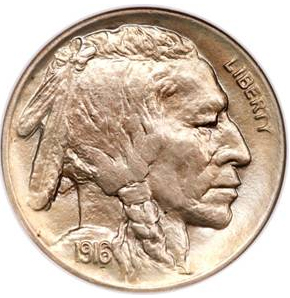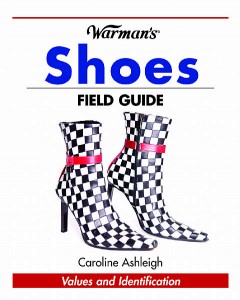The mane attraction, Steiff style
May 23rd, 2010 by adminSteiffgal’s not lion when she says she’s roaring to answer this reader’s question about a wonderful thrift store find. Liz from Michigan City, Indiana writes:
“Hi,
So glad to have found you! My sister found this Steiff lion at a thrift store and snatched it up it was so cute. We have had Steiff animals for years. We were wondering if you could give us some information and value on him.
He is 10 1/2″ from nose to hind end and 6″ standing. He has amber glass eyes, and a stitched dark pink nose; all his claw and mouth stitching is in good condition.
His head and his four legs are jointed. He feels like there may have been a speaker box in his torso. He can stand on his own and in very good condition. He has his whiskers and part of a frayed tag, but no ear button.
Sorry the pictures don’t do him justice but that’s what I could get. Thank you very much.
Sincerely,
Liz”
Liz, what you have here is one of the “mane events” in Steiff’s early post war production! This is Loewen-Papa or Papa Lion. As you mentioned, he is five ways jointed and made from tan mohair. He has an elaborate brown-tipped mane, which skinnies downward to his belly into a thin strip. He has this same tipped mohair on the tip of his tail. His eyes are brown with a black pupil and he has an almost red colored hand embroidered nose which is outlined in black. His mouth is outlined in black embroidery, and he has a white mohair chin. And yes, he did come with a squeaker. Papa Lion was produced in 14 and 22 cm from 1949 thorough 1961.
There are a few things about this design that make it very interesting from the collector’s perspective.
First of course is his “US Zone tag” sewn into the seam of his leg. This tag was included on every Steiff item that was produced in the Giengen factory from 1947 through 1953. Given your lion has this tag, we can pinpoint his production somewhere in the 1949 through 1953 time frame.
The second is his legacy. Papa Lion very closely resembles a Steiff lion that was produced pre-war from 1910 through 1943. This turn of last century lion was produced in 22 cm, was five ways jointed, and had a very similar face, mane, tail tuft, and body appearance. It is extremely likely that Papa Lion is the direct descendant of this classic and historic Steiff design.
And finally is his jointing. Besides Teddy bears, five ways jointed Steiff animals are actually quite rare. It is not unusual for an animal to be head jointed, or even head and arm jointed. Very few five ways jointed animals are made even today as jointing is a very labor intensive – and therefore costly – endeavor. It is interesting to note that shortly after Papa Lion was retired from the line, a new standing lion design was introduced in 1964. He was produced in 10, 17, and 28 cm through 1975. He had many of the same general characteristics of Papa Lion, minus his jointing.
As for value, as always, Steiffgal is not a formal appraiser and believes something is worth what someone else will pay for it. This is a wonderful item from an aesthetic as well as a collector’s perspective, and its US Zone tag and five ways jointing help make him a kingly find. Except for missing his button, he appears to be in very good condition. Assuming that he doesn’t have any smells, rot, rips, or other issues, Steiffgal has seen similar items sell recently in the $75 to $150 range; Steiffgal has a very similar Papa Lion and paid about $125 for it.
Steiffgal hopes this discussion about Liz’s lucky find has encouraged you to add a lion or two to your growing Steiff den.
Have a question about one of your Steiff treasures? Let’s talk! Click here to learn more.









 June 3-6 Auction offering examples from The Brenda John Collection, including 1916 Double Die Obverse Nickel MS64
June 3-6 Auction offering examples from The Brenda John Collection, including 1916 Double Die Obverse Nickel MS64 Imelda Marcos showed women around the world what it meant to have a shoe fetish. At one point, Marcos had acquired 3,000 pair of shoes. Some of her impressive collection is now housed in a museum in the Phillippines. The collection included shoes from luxury houses such as Charles Jourdan, Gucci and Ferragamo.
Imelda Marcos showed women around the world what it meant to have a shoe fetish. At one point, Marcos had acquired 3,000 pair of shoes. Some of her impressive collection is now housed in a museum in the Phillippines. The collection included shoes from luxury houses such as Charles Jourdan, Gucci and Ferragamo.




